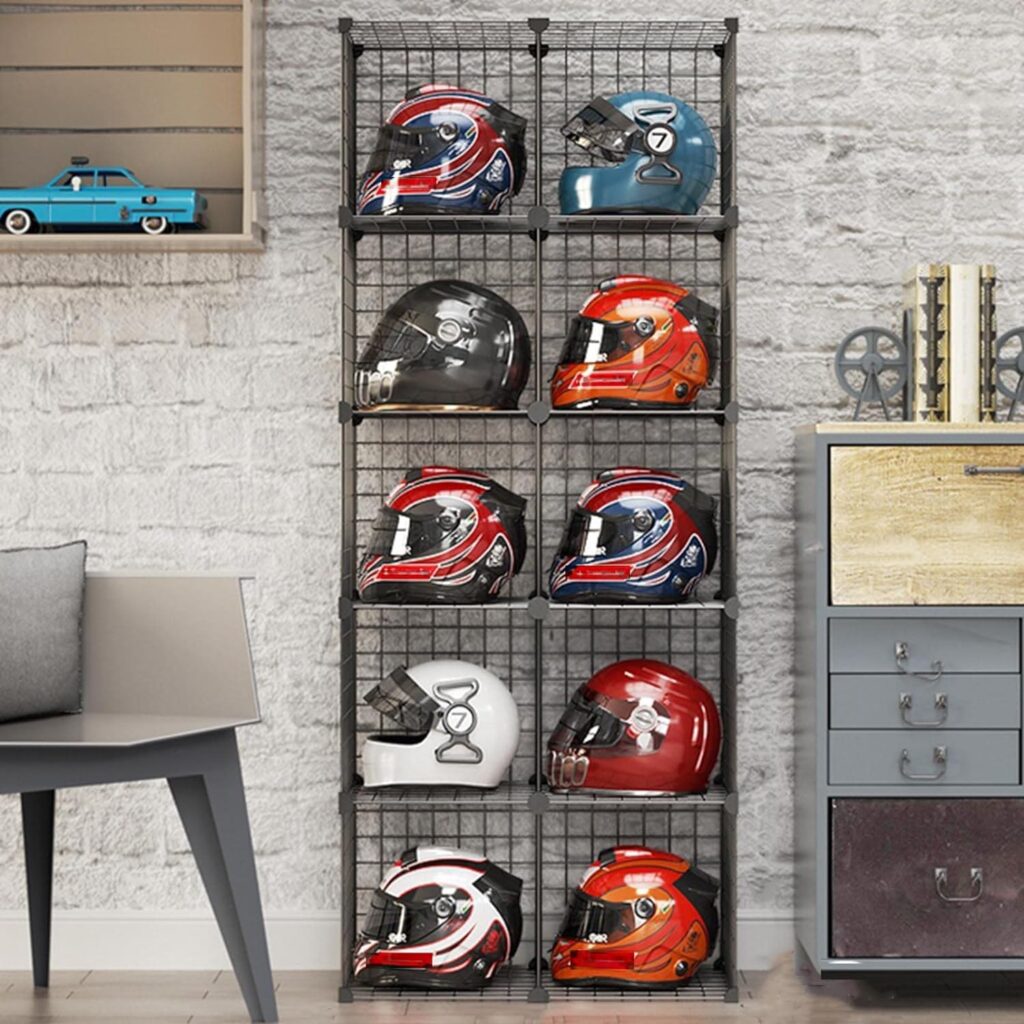A Cyclist’s Guide to Maintaining and Cleaning MTB Helmets

Key Point Summary of Maintaining and Cleaning MTB Helmets
- Consistent Cleaning Routine: The necessity of regular cleaning for preserving helmet integrity and safety.
- Proper Storage Techniques: How to store and care for your helmet to extend its lifespan.
- Regular Inspection and Timely Replacement: Understanding the importance of inspecting your helmet for damage and knowing when to replace it.
As a master cyclist with extensive experience in racing and riding mountain bikes, gravel bikes, and cyclocross, I’ve developed a keen understanding of the importance of gear upkeep, particularly with MTB helmets. This article is intended to guide cyclists, from beginners to mid-level, through the essential practices of maintaining and cleaning your MTB helmet, peppered with personal anecdotes that underscore each point.
The Significance of a Clean Helmet: A Comprehensive View
Why Cleaning is Crucial?
Material Preservation
Cleaning your helmet regularly is about much more than aesthetics. It plays a vital role in preserving the integrity of the materials from which the helmet is made. Over time, exposure to grime, sweat, and dirt can lead to the degradation of these materials, reducing the helmet’s capacity to protect you in the event of an accident.
Learning from Mistakes
After a particularly intense off-road race, I neglected to clean my helmet, which I quickly regretted. The next time I put it on, the straps had lost their flexibility, and the pads had developed a foul odor. This was a stark reminder of the importance of regular cleaning for maintaining both the functionality and the lifespan of the helmet.
Health Perspective
Hygiene and Health
From a health standpoint, a clean helmet is essential. Sweat and dirt can harbor bacteria, leading to skin irritations or infections, especially after prolonged contact during long rides. Regular cleaning ensures that your helmet remains a hygienic piece of equipment.
Performance Aspect
Optimal Functionality
A clean helmet performs better. Dirt and grime can clog ventilation ports, reducing airflow and making the helmet hotter and less comfortable to wear. Regular cleaning ensures that these ventilation systems work as intended.
Safety Expert’s Viewpoint
Safety Standards
Helmet safety experts often emphasize the importance of cleanliness in maintaining the helmet’s protective features. Dirt and debris can mask structural damage, making it harder to spot issues like cracks or compromised padding, which are critical for safety.
From preserving material integrity to ensuring hygiene and optimal performance, the significance of a clean MTB helmet cannot be overstated. It’s a crucial aspect of overall gear maintenance that impacts not just the lifespan of the helmet but also the safety and health of the rider. Regular cleaning, therefore, is an essential practice for any serious cyclist.

Enhanced Step-by-Step Guide for Cleaning MTB Helmets
Removing Removable Parts
- Tools Needed: No specific tools are usually required for this step. Just gently use your hands to detach the pads or liners.
- Handling: These parts are softer and more delicate, so handle them with extra care to avoid any tearing or damage.
Gentle Wash for Pads/Liners
- Recommended Soap: Use a mild, gentle soap like Nikwax Tech Wash. It’s designed to effectively clean without damaging sensitive materials.
- Water Temperature: Opt for lukewarm water – not too hot, as extreme temperatures can affect the fabric. Aim for around 30°C (86°F).
- Technique: Gently handwash the pads and liners, lightly massaging the soap into the fabric. Avoid vigorous scrubbing which can cause wear.
Cleaning the Shell
- Tools and Soap: Use a soft microfiber cloth or a non-abrasive sponge for cleaning. For the soap, a mild solution like Simple Green All-Purpose Cleaner is recommended. It’s effective and safe for most helmet materials.
- Method: Gently wipe down the helmet’s exterior with the cloth or sponge dipped in the soapy solution. Pay special attention to crevices and ventilation holes where dirt can accumulate.
- Rinsing: After thoroughly wiping, rinse the helmet with lukewarm water to remove all soap residue.
Drying the Helmet
- Drying Environment: Choose a well-ventilated area at a moderate temperature for drying. Avoid direct sunlight and high temperatures.
- Ideal Temperature: A room temperature setting, around 20°C to 22°C (68°F to 72°F), is ideal. Extreme heat can warp the helmet’s structure, while too-cold temperatures can prolong drying time.
- Drying Method: Allow all parts of the helmet to air dry completely before reassembly. Do not use artificial heating devices like hairdryers, as they can damage the helmet materials.
By following these detailed steps and using the specified tools and products, you can ensure a thorough and safe cleaning process for your MTB helmet. Regular cleaning not only maintains the helmet’s integrity and safety but also extends its lifespan, making it a crucial part of your cycling gear upkeep.

Proper Helmet Storage
Storage Tips: Store your helmet in a cool, dry place. Avoid leaving it in direct sunlight or in a hot car, as extreme temperatures can weaken the helmet’s structure.
Handling Your Helmet: Handle your helmet with care. Accidentally dropping or tossing it can cause invisible damage that compromises its safety.
Inspecting and Replacing Your Helmet
Regularly inspect your helmet for cracks, strap fraying, or other signs of wear. Even if the helmet looks fine, replace it if you’ve had a significant crash, as its internal structure might be compromised.
I once noticed a hairline crack in my helmet after a minor fall. It was a clear indicator that the helmet had taken an impact and needed to be replaced for my safety.
FAQ
How often should you clean your bike helmet?
You should clean your bike helmet every few rides, or more frequently if it’s exposed to excessive sweat or dirt.
Is it okay to soak helmet in water?
No, it’s not recommended to soak a helmet in water as it can damage the materials and affect the helmet’s structural integrity.
How often should you clean your bike helmet?
Ideally, you should clean your bike helmet after every few rides, or more frequently if you ride in dirty or sweaty conditions.
Final Thoughts
Proper maintenance and cleaning of your MTB helmet are essential for safe and enjoyable mountain biking. Regularly cleaning, appropriately storing, and timely replacing your helmet will ensure it provides the best protection possible on your rides.
In summary, by adhering to these detailed cleaning and maintenance procedures, you can ensure your MTB helmet remains in top condition, contributing significantly to your safety and enjoyment on the trails.
John






